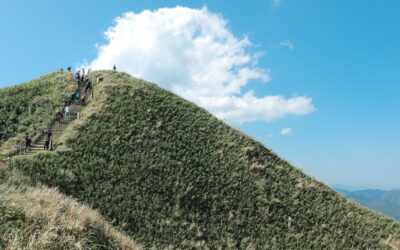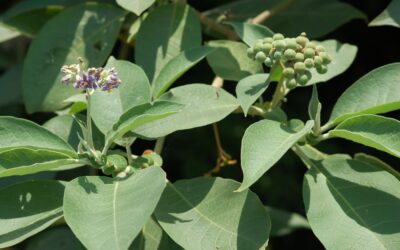Unmasking the Notorious Lantana – NEMBA Category 1b
Written by author Clive Bromilow
Lantana, a problem plant also known locally as bird’s brandy, tickberry, and cherry pie, has secured its place among the top 10 worst weeds globally. Originating from tropical America over 150 years ago, this invasive plant has evolved into a major ecological concern, particularly in sub-Saharan Africa.
The reach of Lantana extends beyond the infamous Lantana camara species. The Nemba 1b legislation comprehensively addresses the entire Lantana family, acknowledging the diverse hybrids that have proliferated globally as resilient, ornamental shrubs boasting multi-colored flowers.
A Riot of Colours…
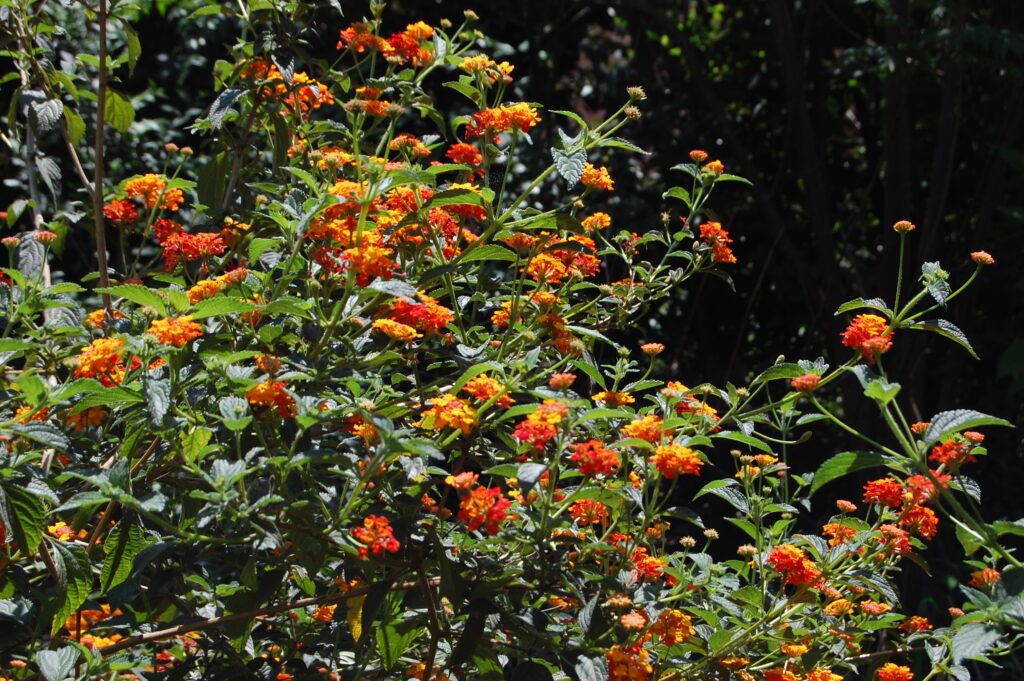
Lantana presents a visual extravaganza with its flowers displaying shades from pink, red, crimson, orange, yellow to white. These flat-topped heads often showcase several colours in one bloom, creating a stunning display from September to April.
Lantana’s captivating flowers have been both the catalyst and curse, contributing to its spread and problematic status in over 50 countries worldwide. Even in the Natal Midlands, hues of pink, yellow, orange, purple, and blue embellish the landscape.
…with Toxic Temptations
Beginning as glossy green clumps, Lantana’s berries are extremely poisonous when unripe. But as they mature, transitioning to purplish-black, the risk remains, tempting children and animals. Symptoms of poisoning include sunburn, jaundiced eye damage, and distressing stomach conditions.
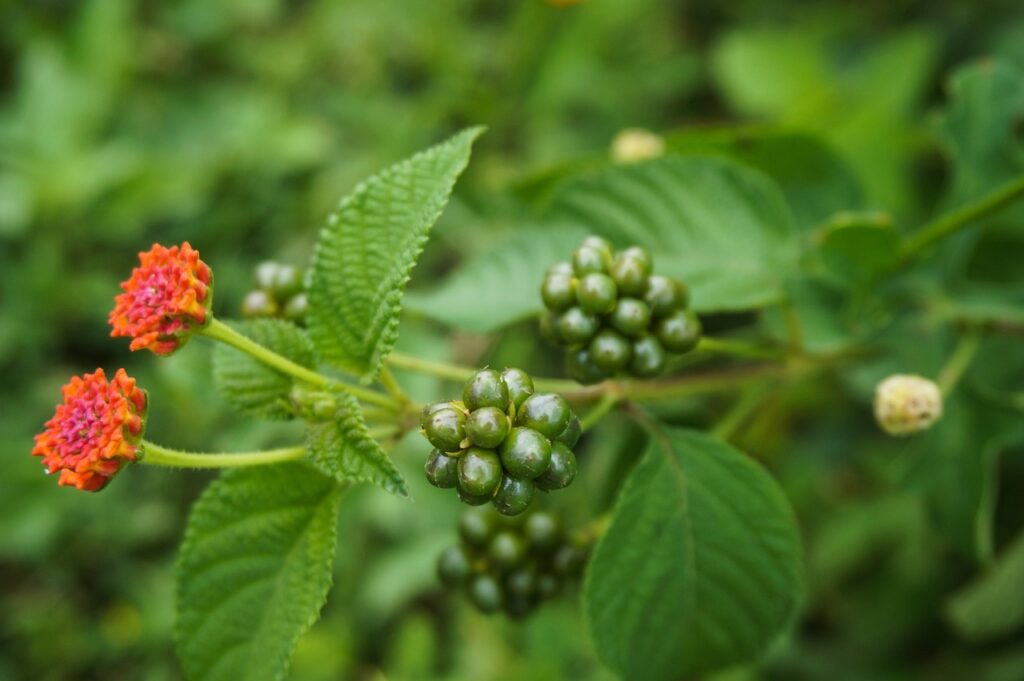
In South Africa, a sterile cultivar without berries has found a place in gardens, adorned with whitish and yellow flowers. However, vigilant examination remains crucial to ensure these garden varieties do not produce fruit and seeds, preventing further spread.
Lantana’s Toll
Most Lantana varieties are poisonous, leading to significant livestock mortalities and reducing the grazing potential of the land. The impact is felt not only economically but also ecologically, as the aggressive weed forms dense patches, overpowering and displacing indigenous plants.
Termed the ‘Curse of India,’ Lantana has caused substantial downturns in agricultural production in South Africa, underscoring the critical need for awareness and action. The message is clear: don’t embrace this plant; fight it!
Lantana Control Strategies: Chemicals, Biological Control, and Eradication Efforts
Controlling Lantana is no easy task. Chemicals, while effective, are expensive and demand meticulous application. Biological control faces challenges due to the numerous hybrids. Optimal eradication involves chopping down the plant and removing its roots, with cutting back in summer proving an effective but ongoing process.
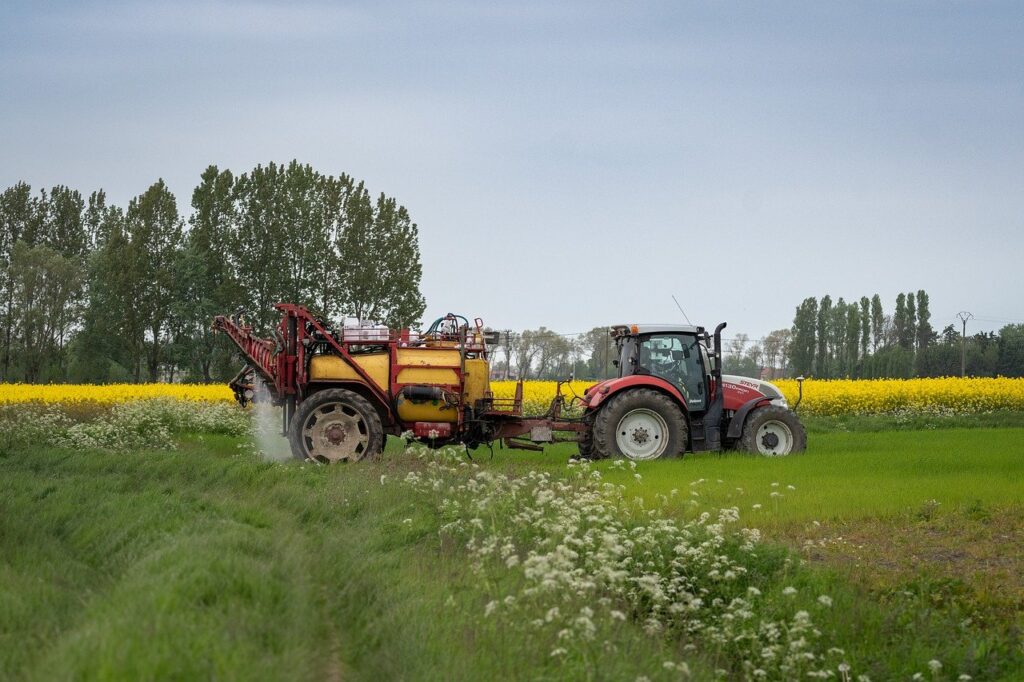
Farmers must actively combat Lantana, gardeners should remove it, and collective efforts are crucial to eliminating this pervasive weed. Awareness remains the cornerstone of this ongoing battle.
Be aware! Lantana poses a global threat, and understanding its invasive nature is the first step towards combating its spread.
For more in-depth insights, explore Clive Bromilow’s book: Problem Plants and Alien Weeds of South Africa.
Also available in Afrikaans: Probleemplante en Indringeronkruide van Suider-Afrika





